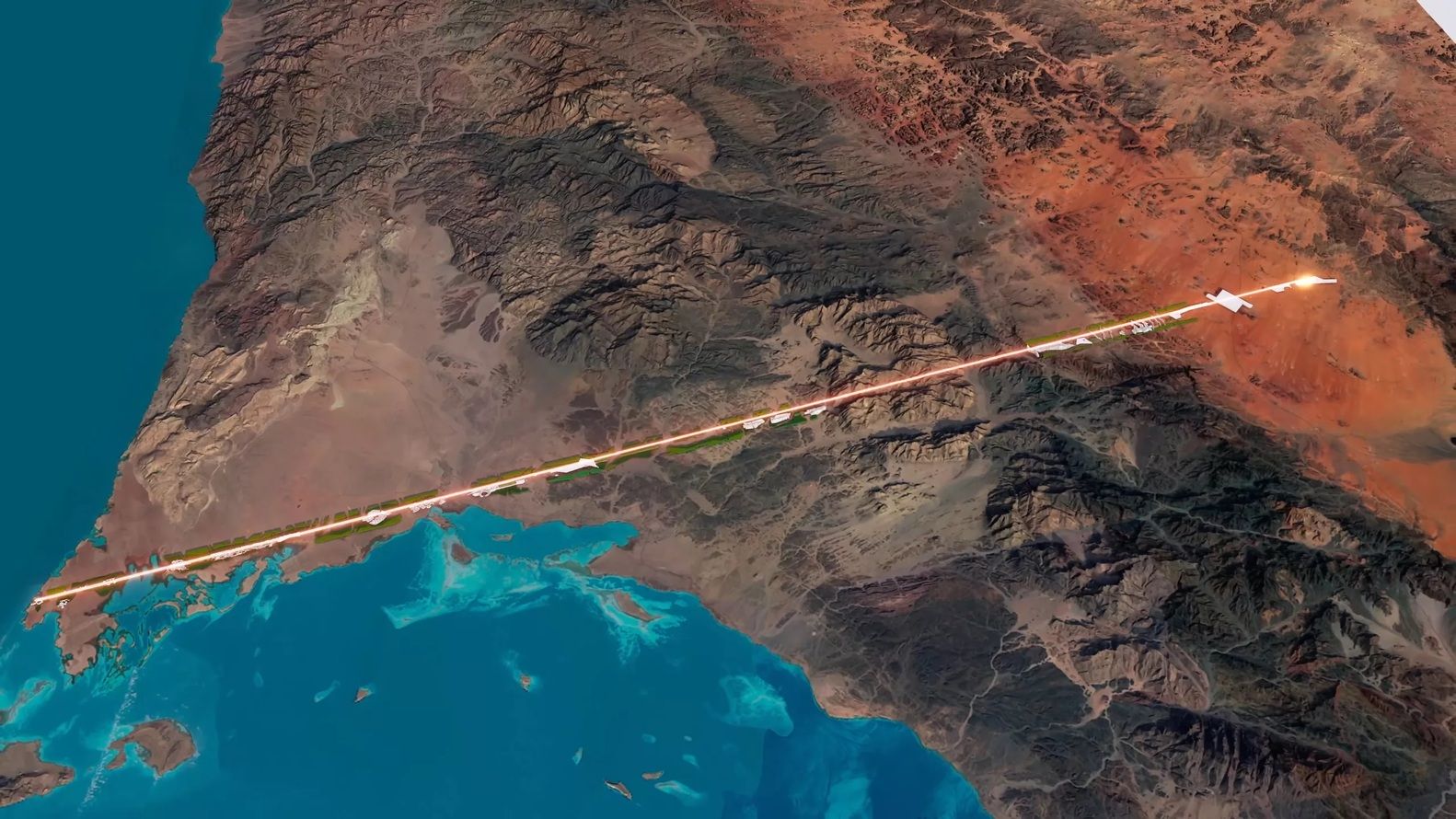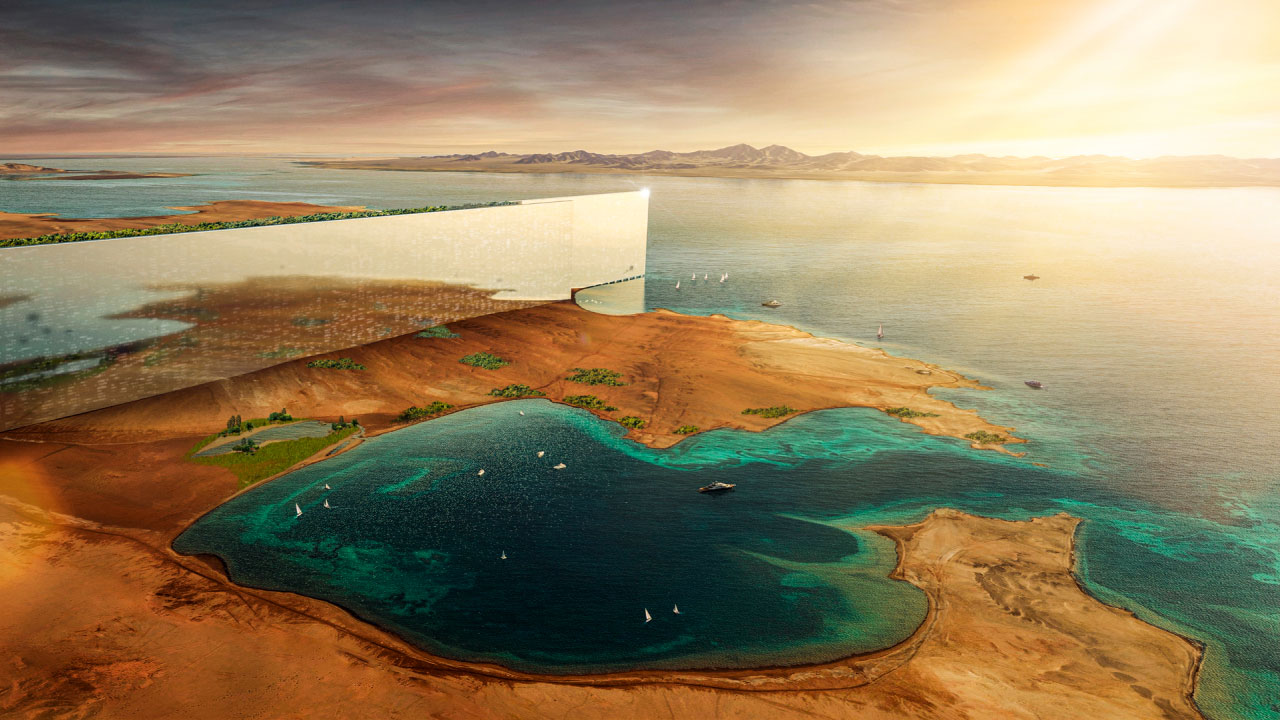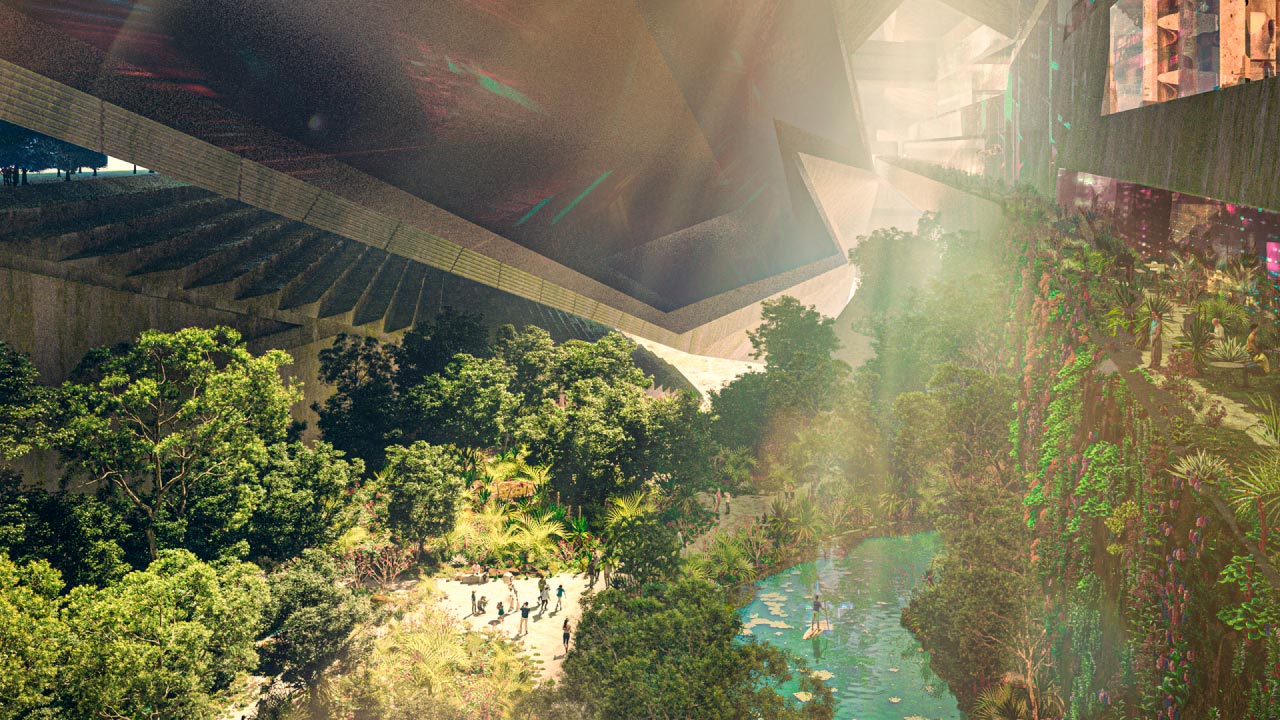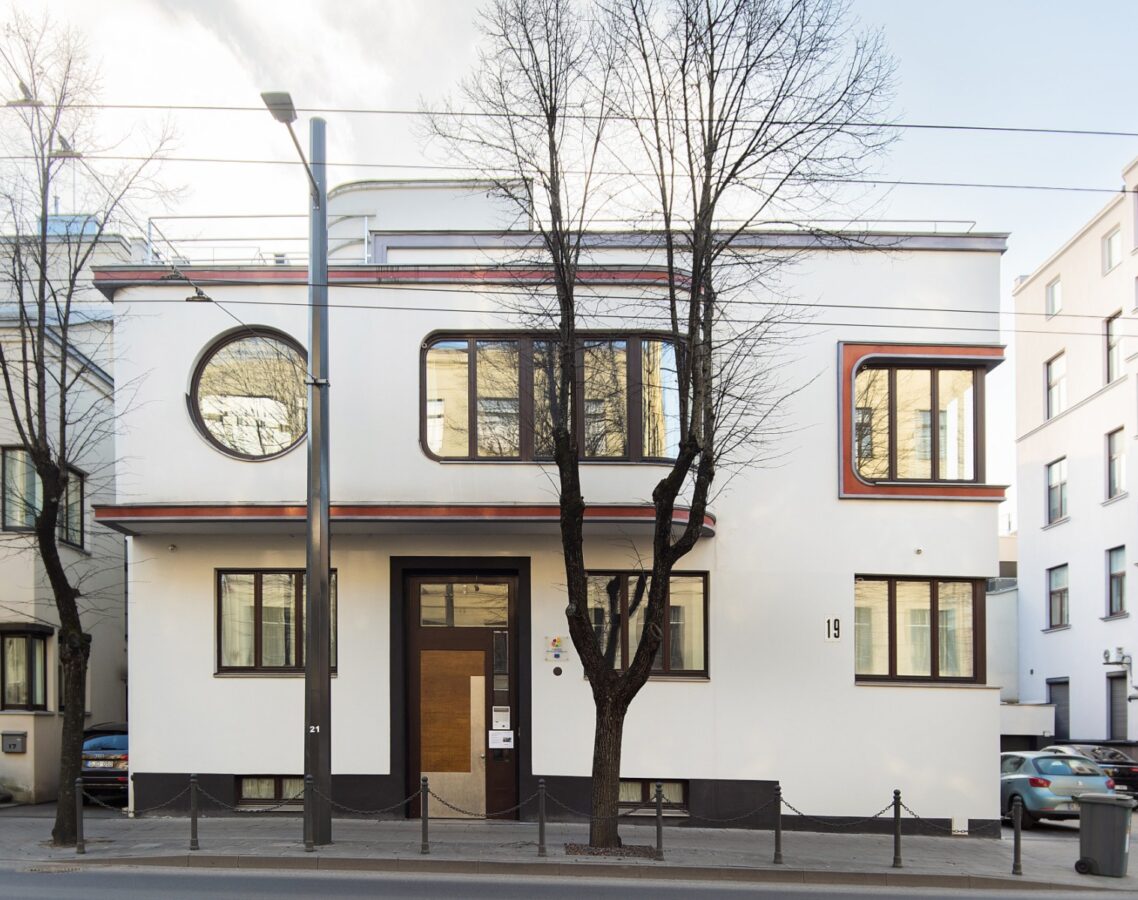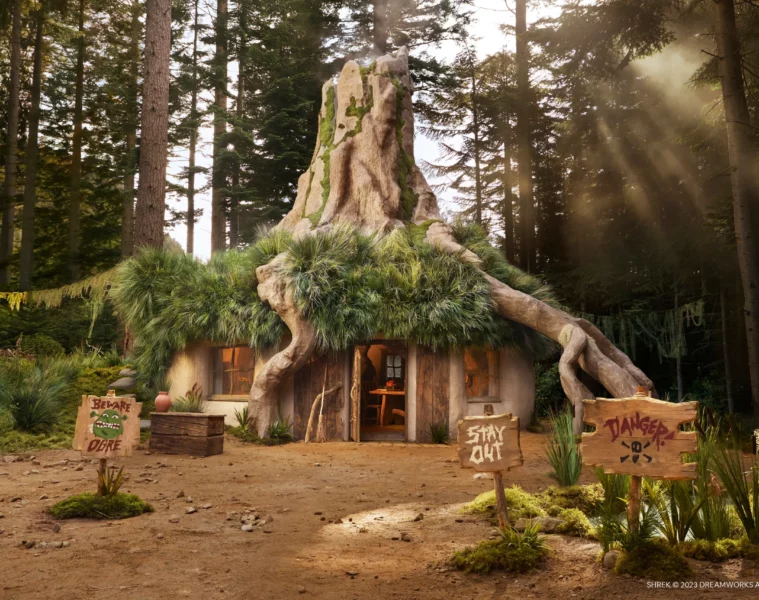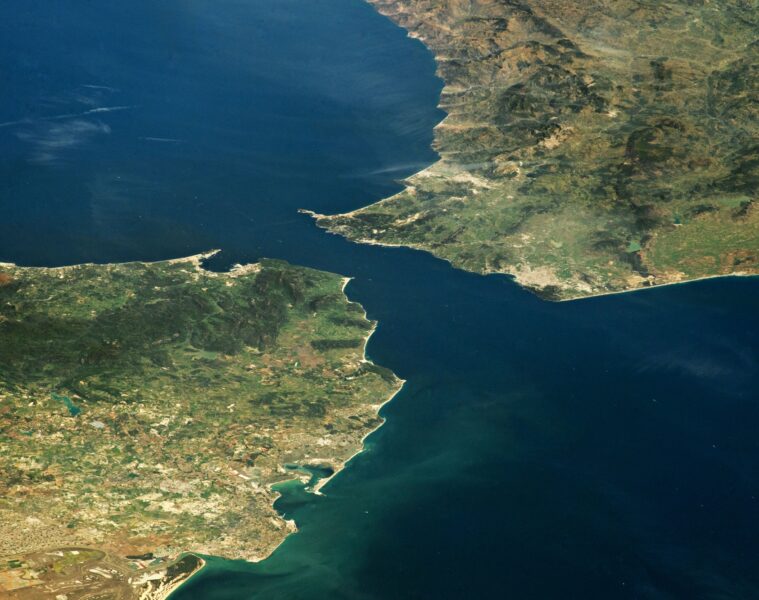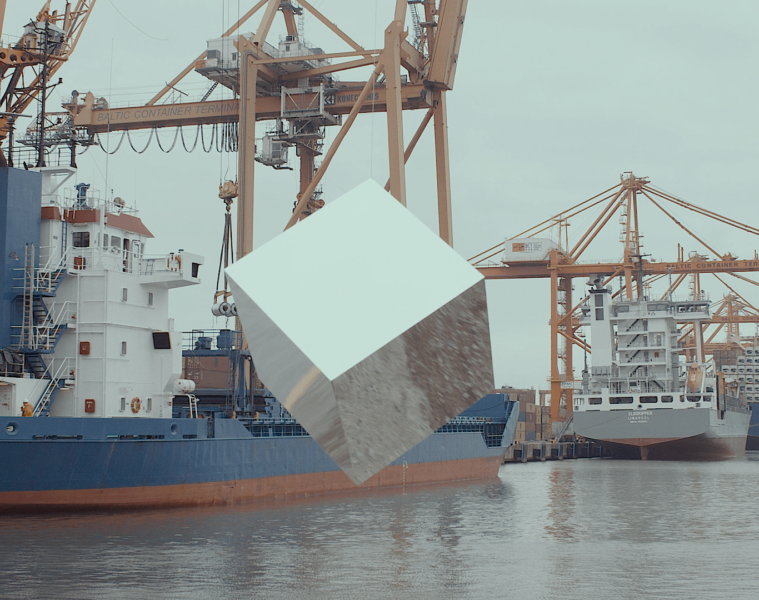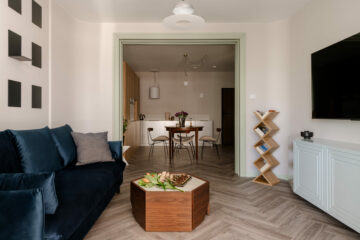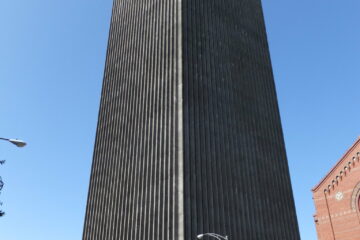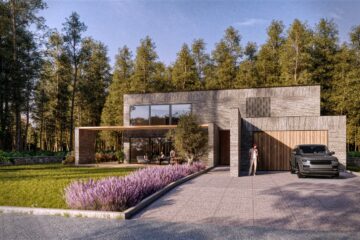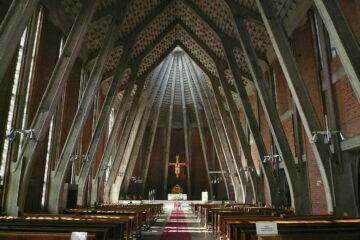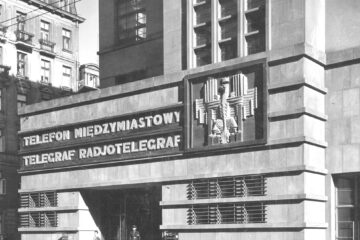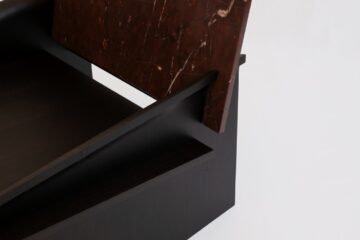Will Line City in Saudi Arabia prove to be a failure? Or will it be a success, but achieved a little later? These are the questions the world of architecture is asking itself after the publication of the Bloomberg series. As reported by the US station, citing sources connected to the developer, the project has turned out to be much more costly and complicated than initially anticipated. Financing has also become a problem.
Line City in Saudi Arabia – assumptions
The Line, a linear city in the desert in Saudi Arabia, was already announced several years ago. This extremely interesting project was confirmed and promoted personally by His Highness Crown Prince Mohammed bin Salman, who is also the CEO of the development as well as the heir to the throne of Saudi Arabia. At the 2021 presentation of the preliminary designs, Crown Prince Salman commented on the project in this way:
“I present to you THE LINE, a 170km-long city that protects 95% of nature in the NEOM area, with no cars, no streets and no carbon emissions.” – Crown Prince Mohammed bin Salman said
The linear city of The Line – new visuals
Mohammedbin Salman, heir to the throne and chairman of the board of NEOM (the company that is building the city), unveiled new visualisations of The Line city a little while back, which provide amore detailed insight into the key features of the world‘ sfirst vertical city. The city will be built inTabuk province in north-western Saudi Arabia . Thesmart linear citywill be just 200 metres wide, more than 170 kilometres long and will rise 500 metres above sea level.
“At thelaunch of THE LINElast year , we committed to a civilisation revolution that puts people at the centre based on a radical change in city planning . The designs for thecity ‘s vertical-layer communities released today will challenge traditional flat, horizontal cities and create a model for protecting nature and improving people‘squality of life. THE LINE looks at the challenges humanity faces in urban life and explores alternative forms of living.“ – said His Highness Mohammedbin Salman
THE LINE aims to be a city completely free of roads, cars and emissions. The target population of 34 square kilometres will be 9million ,unprecedented compared to other cities of similar capacity. The city is to be powered by 100 per cent renewable energy, and people ‘s health and wellbeing are to take precedence over transport and infrastructure.
Key amenities are to always be within a five-minute walk, and the entire 170-kilometre-long city will be covered by train in 20 minutes. The Linewill offer a new approach tourban planning and isbased on the idea of layering thecity ‘s functions vertically, while at the same time allowing people to move seamlessly in three dimensions (vertical, horizontal or transverse), which fits in with the so-called Zero Gravity Urbanism concept. Public parks and pedestrian areas, schools,residential homes and workplaces are arranged vertically, allowing citizens to move around effortlessly and meet all theirdaily needs within minutes. The exterior of the city will becovered with a mirrored facade, which gives it a unique character and allows it to meld with nature.
According to the plans, the city was to be ready in 2030 with a population of more than 1.5 million inhabitants, and further on, over the years, this number would increase up to 9 million inhabitants. However, as Bloomberg points out, the deadline and the assumptions are unrealistic.
Line City’s failure or just a delay?
Line City is unlikely to meet its targets, Bloomberg reports. According to journalists from the US service, the city was planned to be home to 1.5 million inhabitants in 2030, while current plans have been trimmed to 300,000 inhabitants in 2030. The city itself0, which was supposed to be 170 kilometres long, will undergo an even greater reduction. It is now said that the city will be less than 2.5 kilometres long in 2030. This is only a fraction of the total investment. As Bloomberg points out, using documents it has accessed, the first contractors on the project are pulling their workers from the construction site. According to experts, the problem is not only the complexity of the project, but also the financial situation, which has been affected by the oil market.
Read also: Interesting facts | Ecology | Technology | City | Greenery |
source: https: //www.bloomberg.com/news/articles/2024-04-05/saudis-scale-back-ambition-for-1-5-trillion-desert-project-neom
source: NEOM(https://www.neom.com/en-us)/ visuals:(https://www.neom.com/en-us)

